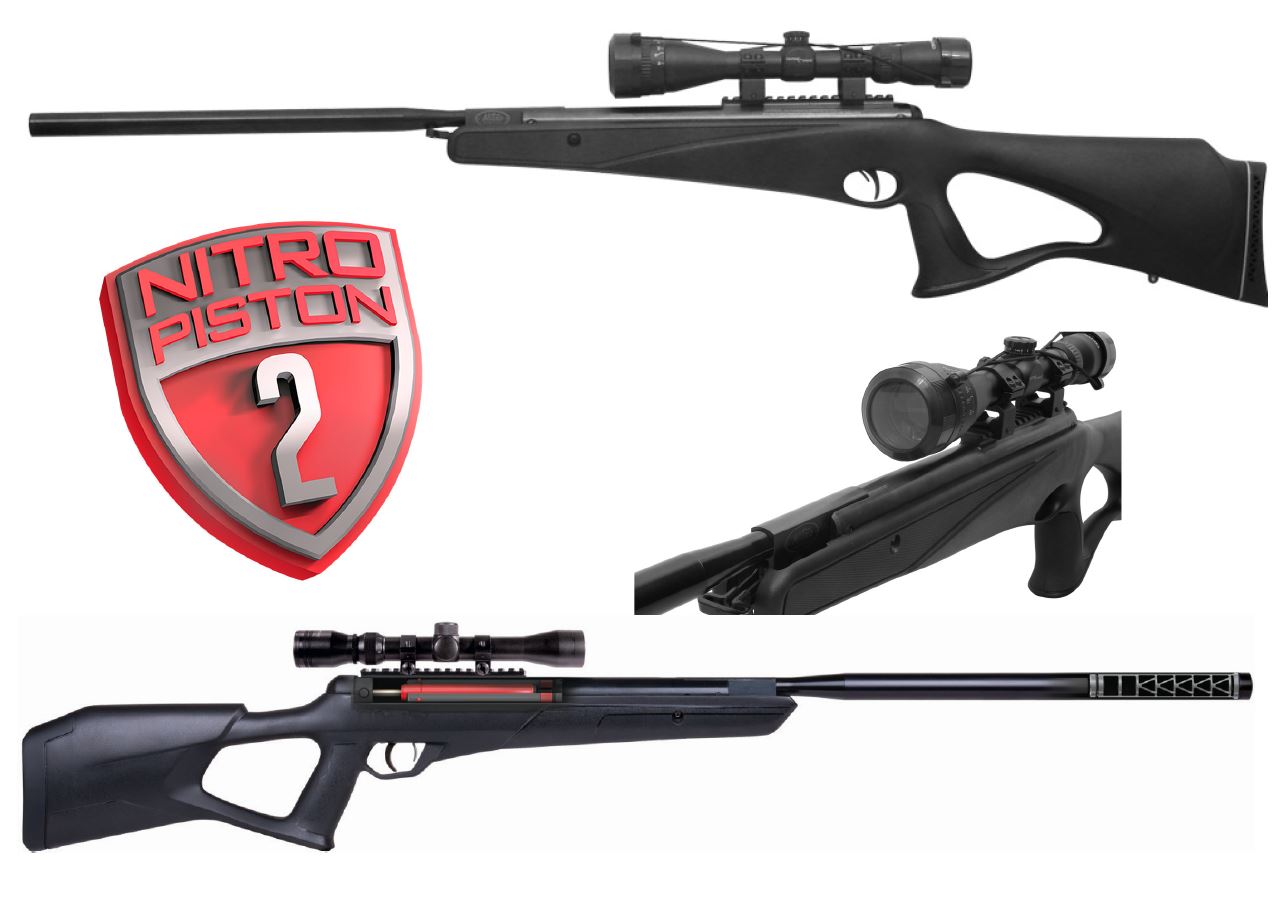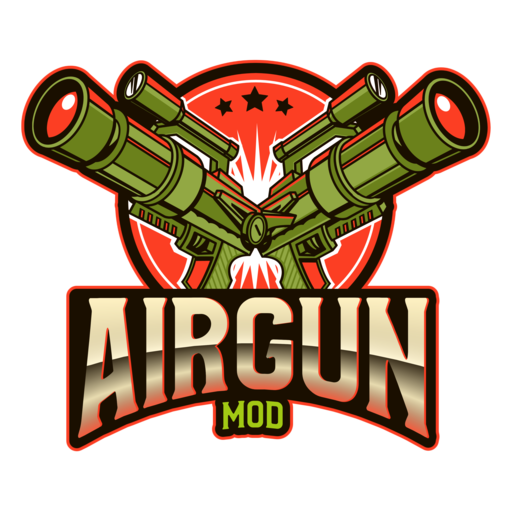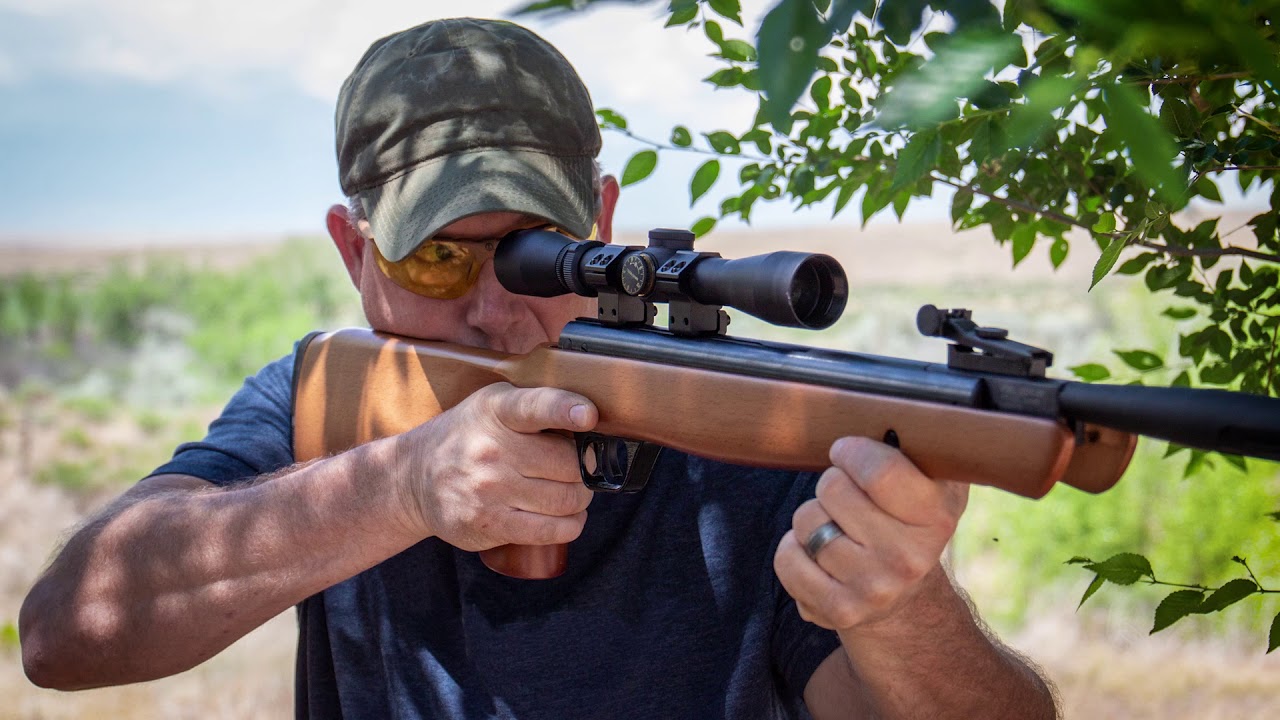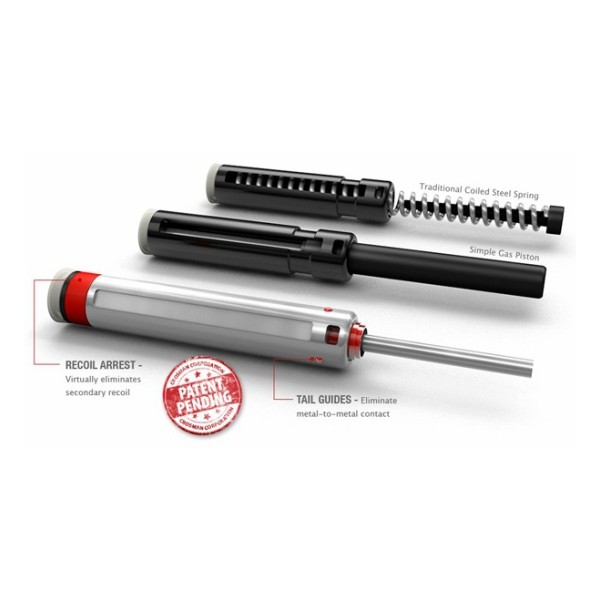Today, many air rifles are made using nitro piston technology.
Even the best selling lists on gun retailer’s sites have a bunch of nitro piston air guns at the top
Such as the Crosman Nitro Venom, Benjamin Trail XL 1500, Nitro Venom Dusk, Crosman Vantage, and so on.
We will be taking a detailed look at the Nitro Piston Air Gun in this article. You will learn if it is right for your needs, if you should purchase one, and if you should.
When will the nitro piston guns be available on the market?
The Nitro Piston Short Stroke was the first air gun to use nitro piston technology.
Crosman Corporation first introduced it to the public in summer 2009.
Crosman obtained this technology under the name Crosman Ni Piston TM It was used for gun manufacturing in a wide range of air rifles.
How does it work?
A nitro piston airgun is a spring gun that does not have a spring.
It uses a nitrogen-filled cylindrical instead of a coil spring to power the plant.
This cylinder's nitrogen is already under pressure. When you cock the gun, you can put more pressure on it.
You pull the trigger, and the air is held in tension.
The piston is then propelled forward by the pressurized oxygen.
The piston then abruptly arrives at the air transfer port.
Because the chamber is completely sealed, the compressed air cannot go anywhere else than behind the pellet.
Because of this, the compressed air drives the pellet out of its barrel.
The advantages of the nitro piston airgun
There are many advantages to nitro piston guns over spring air guns. These are the advantages:
A nitro piston airgun is lighter than a spring gun.
This is an advantage for those who work in the field and carry their guns.
The nitro piston also produces less recoil that the traditional spring gun.
A spring air gun produces lots of recoils and vibrations when it extends.
A nitro piston gun allows for smooth extension of the nitro piston and less impact on the barrel, which means it has less recoil.
There are many advantages to using a nitro piston gun.
First, the recoil in a nitro pistol gun is negligible. Second, the gun can be held properly with less practice.
Second, shooters can achieve excellent accuracy with minimal effort due to very low recoil.
Third, with the spring gun, if you don’t hold your hands the same place every time you shoot,
A quarter inch difference in hand position can translate into a quarter inch difference in Point Of Impact (the point at which the pellet hits the target).
However, since there’s less recoil, when you are in the field and have your gun on a bipod or other shooting rests (rock, tree, etc),
Even if your hand positions change during the shot cycle, there is no effect on POI.

Third, a Nitro piston gun fires 55 percent faster than a spring gun and 15% quicker than a simple gasoline piston.
A nitro piston has an easier lock time, which is the time that the pellet remains in a barrel until it is discharged.
Also, a quicker lock time can mean better accuracy.
Fourth, the weather does not affect a nitro piston.
The main coiled spring of a spring gun is grease-lubricated.
Spring becomes more difficult and harder when the weather is cold.
This slows down and makes it harder to cock.
The nitro piston is lubricated using high-tech lubrication
It works almost the same regardless the temperature outside.
Fifth, a Nitro piston can be left cocked over days.
With a springer, if you left the gun cocked for a long time, the spring would lose its strength which leads to a reduction in the gun’s power and accuracy .
You can keep it cocked as long as you want with a Nitro piston. You can't lose it.
It is important to remember that you cannot leave the gun uncocked. However, you will still need to shoot, de-cock, and cock the gun every few month to prevent the bore seal from becoming bonded to the barrel.
Sixth, since it doesn’t have spring torque like a spring air gun, a nitro piston gun is very easy to cock with only 28 lb of required cocking effort.
Seventh, the noise produced by a nitro piston is 70% lower than that of a spring gun.
This air gun is extremely quiet and great for field hunting, where stealth is required.
Eighth, the nitro piston lasts longer that a spring air gun.
Spring compression must not exceed 50% in order to maintain its reliability.
It is common to compress the airgun world to 100% in order to maximize performance.
This reduces the lifespan of springs and weakens their performance.
However, with a nitro piston, it doesn’t care about compression. This doesn't affect its life expectancy.
That’s why the life-cycle of an average spring gun is only 5000 shots while the nitro piston can easily get 10,000 shots before it loses power.
Bonus: Fred Eichler, the most interesting bowhunter in the world, is excited about Benjamin and Crosman’s cutting edge new nitro piston break barrels here:
Nitro piston's disadvantages
The advantages of the nitro piston are numerous, but there are also some drawbacks.
First, the spring of a spring gun can still produce velocity even if it is defective or damaged.
If the gas ram fails, it doesn’t work at all.
If the gas ram is damaged, you can return it any time you wish.
Second, it’s hard to find a replacement nitro ram if you want to service and modify this type of air gun.
There’s no way you can purchase an after-market nitrogen strut.
These are however minor.
Conclusion
Understanding the pros and cons associated with nitro piston technology gives you confidence and information to help you choose the best air rifle for your needs.
A nitro piston gun will allow you to enjoy quieter firing, smoother cocking and less recoil.
However, if you want to buy a gun so you can service and modify it for better performance later, you shouldn’t put the nitro piston air gun in the potential buying choice list.




